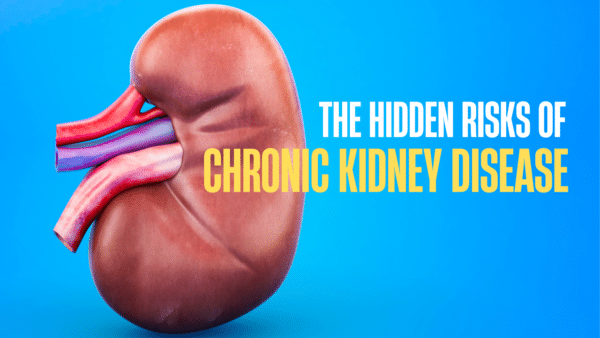The “Widowmaker” is the rather grisly name of a heart attack that typically targets men – hence the “widow” part, but also affects women. It is a life threatening event known for targeting seemingly healthy people. Up to four million Americans have died following a Widowmaker heart attack in the last 30 years, and what’s even more worrying is that many exhibited no prior symptoms at all.
For those who do experience symptoms, the warning signs may include shortness of breath, nausea, headache, pain in the jaw, arms, or chest, and numbness in the fingers. However, at the initial onset, these symptoms are often mistaken for food poisoning or flu.
So How Does It Happen?
The widowmaker heart attack occurs when there is a blockage in one (or sometimes more) of the arteries that supply the thick cardiac muscle of the heart with blood. This involves the right coronary and the left anterior descending coronary that supplies the front “wall” of the heart. When this artery is blocked or even partially blocked, it causes the widowmaker heart attack.
The blockages in these instances are called plaque – a mixture of cholesterol, white blood cells, and calcium. If there’s enough of a buildup in the arteries, it stems the blood flow.
If the blood flow in this vital artery is not restored within an hour or so, the cardiac muscle dies. These heart attacks can be severe enough to cause death in 98% of cases. For those who make it to a hospital within 30 minutes of an attack, the survival numbers increase. However if blood supply through the artery is not restored quickly, through the use of a surgical technique called a stent, it can leave a massive scar which will irreversibly damage the heart muscle.
Prevention Is Better Than Cure
As with most illnesses of this nature, it’s easier to avoid the widowmaker heart attack than it is to survive it. You can prevent the widowmaker by making key lifestyle changes (and we’ll get to those) but the best way to get checked is with a regular cardiac scan to assess your coronary calcium score. This test assesses the amount of calcium deposits in the heart and a high score may indicate a potential plaque build up. Remember, many people who die from the widowmaker have quite good overall cholesterol scores.
Calcium buildup in the heart is a problem that can affect seemingly healthy individuals whom you wouldn’t normally associate with a risk of heart attack. Getting this assessed regularly can flag the widowmaker in advance.
Lifestyle Changes
You can take control of your cholesterol levels by altering your diet and kicking some bad habits. So if you’re a smoker, it’s time to quit. For those who like a few glasses of wine in the evenings, alcohol intake should also be kept within the recommended levels.
Your diet changes should be easy. Lowering the amount of cholesterol in your daily diet will reduce the amount of cholesterol in your blood. Consider reducing your intake of saturated fats like butter, ghee, lard, fatty meat, and meat products – as well as full fat dairy products.
Most importantly, remember to remain vigilant and have a regular checkup scheduled with your doctor. Vigilance is the one true defense against the Widowmaker. That’s why we recommend periodic heart health testing because if it gets to the point where you’re feeling the symptoms of a heart attack, it might already be too late!


